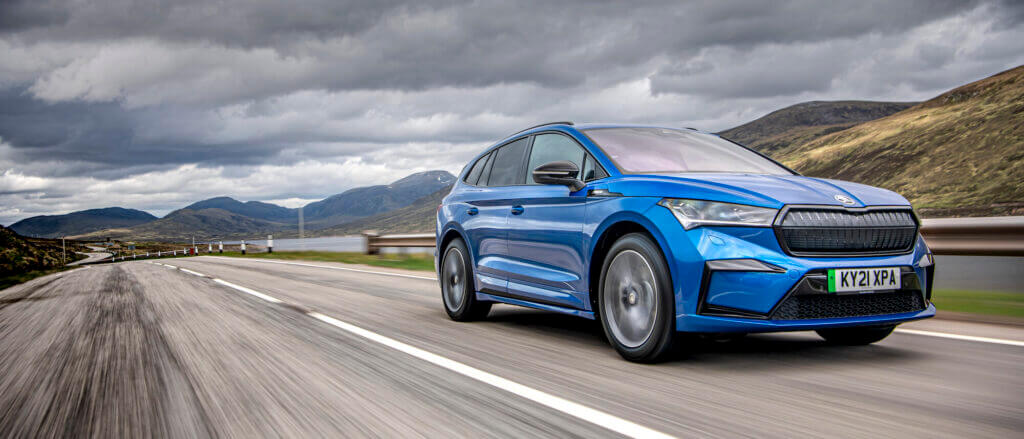There are fifteen times as many EVs to choose from than there were a decade ago, while the average electric car can now travel nearly 260 miles on a full charge.
These are the findings from the Society of Motor Manufacturers and Traders (SMMT), which has been looking at the massive investment from car companies into EVs in recent years.
According to the SMMT, just nine plug-in models were available in 2011 at the launch of the Nissan Leaf – the first mass-produced electric car – with these making up less than 1,000 registrations in Britain that year.
Today, however, there are more than 140 plug-in models on sale in the UK, with a further 50 expected to be launched before the end of 2022.
At today’s SMMT Test Day – an event letting media get behind the wheel of a whole range of new cars – out of 42 plug-in models available to drive, the average electric car could travel a claimed 257 miles to a charge. This is more than triple the 74-mile range that electric cars offered at the same event in 2011.
The SMMT puts this growth down to the ‘automotive industry’s ingenuity and investment’ as manufacturers ‘commit to decarbonising their model line-ups’.
Mike Hawes, SMMT chief executive, said, “The ever-increasing number of electric vehicle models launched by manufacturers since 2011 shows just how far Britain has come, with industry investment stimulating innovation at an ever-faster rate.
“With almost 200 electrified models expected to be available by the end of the year, manufacturers are turning ambitions for zero and ultra-low emission mobility into a reality, while motorists’ demand for these vehicles increases month by month.
“To turn this nascent demand into a mass market, however, motorists need choice, affordability and the confidence to charge. The industry is up for the challenge but we need all stakeholders, including government, charge point providers and energy companies, to match manufacturers’ commitment by providing the competitive incentives and infrastructure that assures a zero-emission future.”

